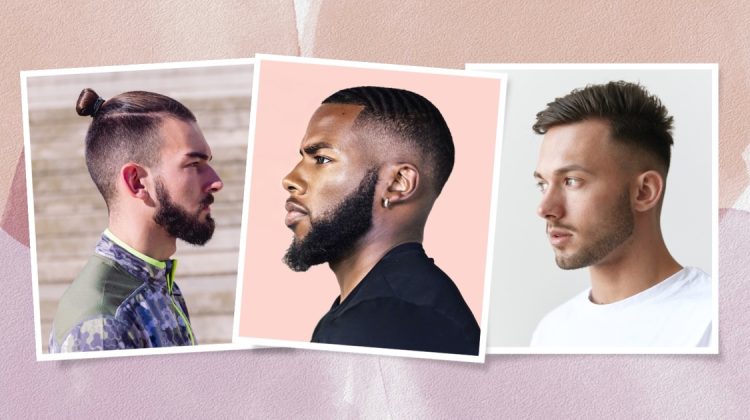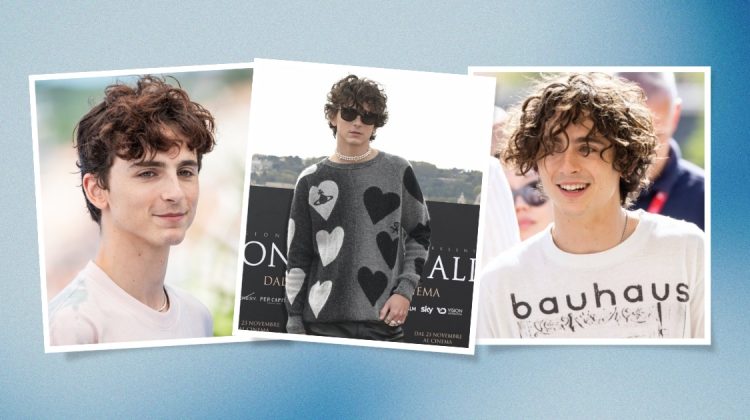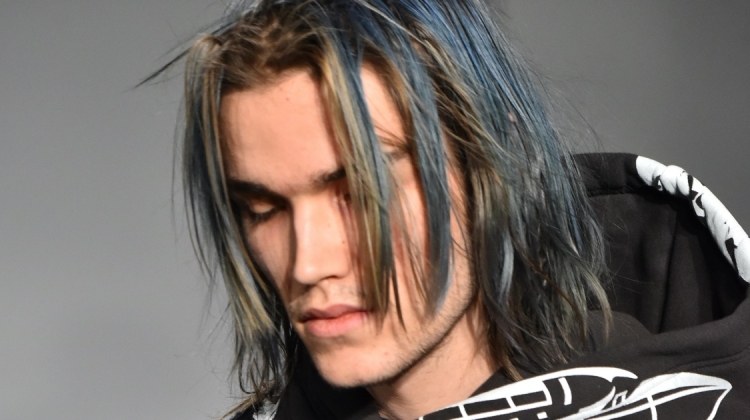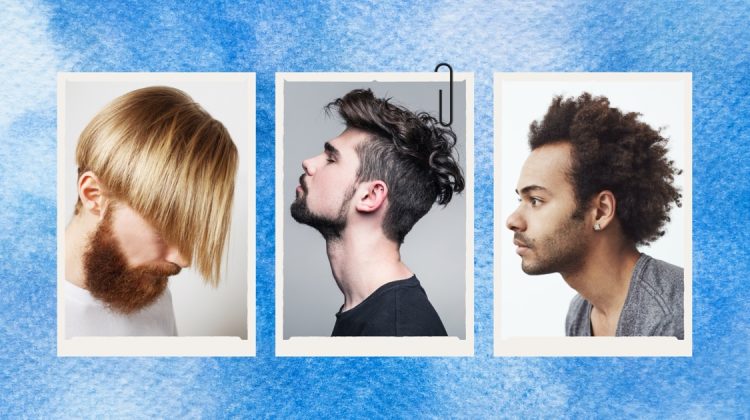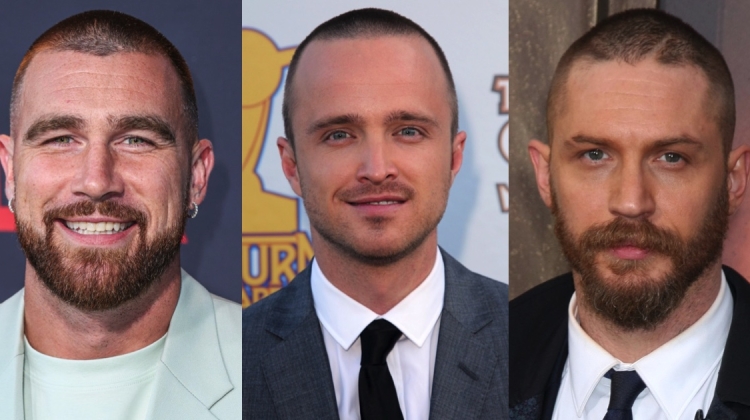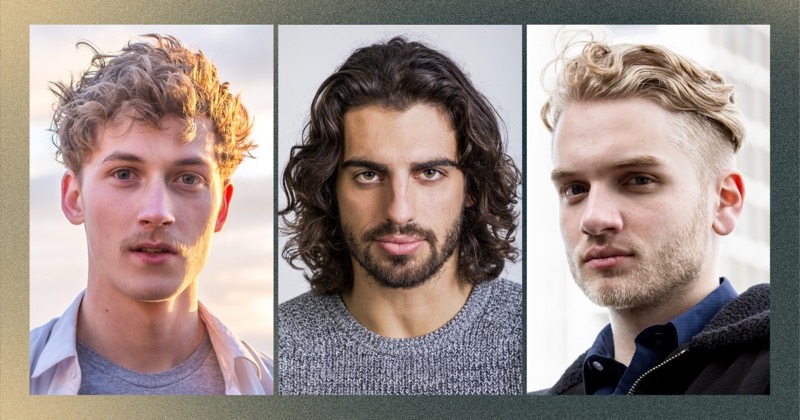
Wavy-haired men have a natural edge with versatile grooming. Styles for this hair type embody a refined and relaxed appeal by balancing texture and volume.
Timothée Chalamet’s wavy hair, for example, highlights the appeal of tousled waves that blend with effortless charm and modern flair.
Whether it’s a textured fringe that feels current or a classic medium-length cut, men’s wavy hairstyles offer endless options for shaping a distinctive, timeless silhouette.
Popular Wavy Hairstyles for Men
Here are some of the top hairstyle trends for men with wavy hair that can elevate your look:
Brushed Back

The brushed back wavy hairstyle involves combing the hair backward, allowing natural waves to create a smooth yet voluminous effect. The waves create a subtle texture, giving the illusion of thickness and movement.
To keep the waves defined, use a lightweight styling cream that helps lock in shape while avoiding stiffness.
Medium-Length Wavy Hairstyle

Medium-length wavy hair allows waves to settle naturally, providing texture and volume without overwhelming the face. The waves create a balanced, easygoing silhouette that remains sharp.
You can use a styling mousse to boost volume while keeping the medium-length hair light and bouncy.
Long Middle Part
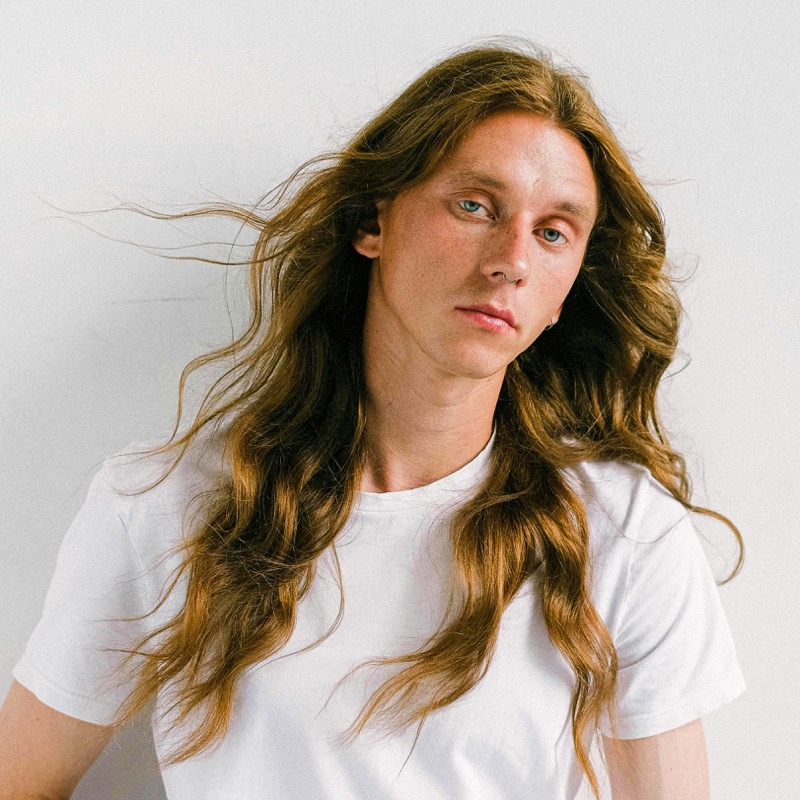
Parting the hair down the center allows the waves to cascade on either side, framing the face symmetrically and adding a bohemian flair. A styling tip to enhance the long, wavy middle part is to apply a sea salt spray to amplify the waves, enhancing the beachy texture.
Shag Haircut
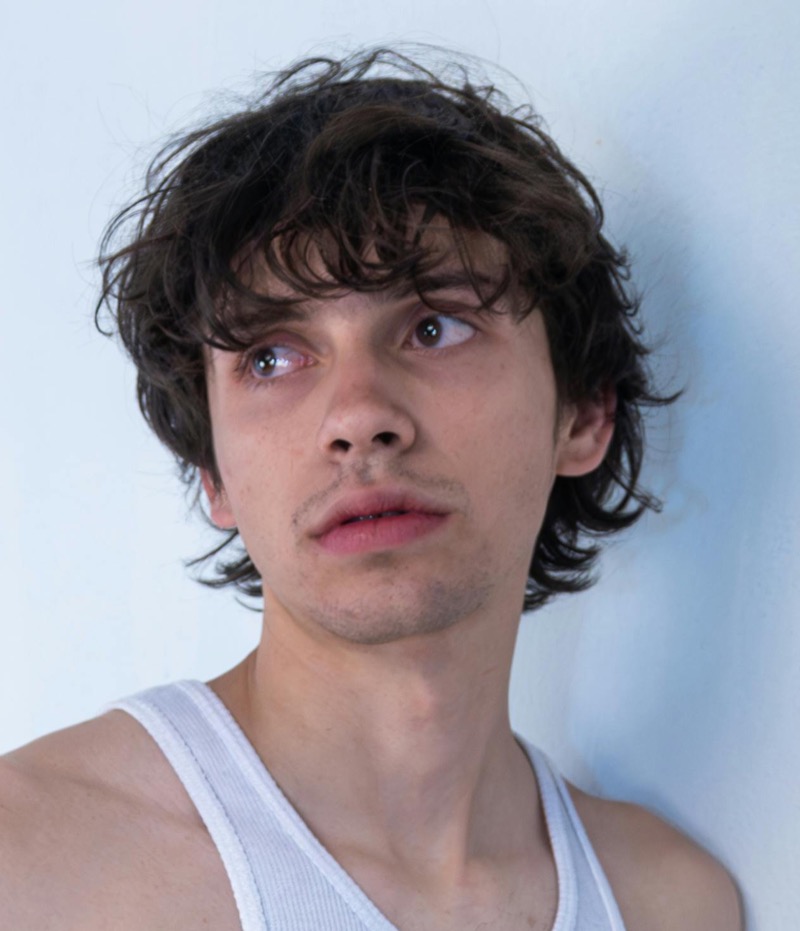
This wavy shag haircut layers the hair to enhance the natural wave pattern, giving a messy, undone effect that’s full of character. A leave-in conditioner can help define the waves and maintain their soft, tousled appearance.
360 Waves
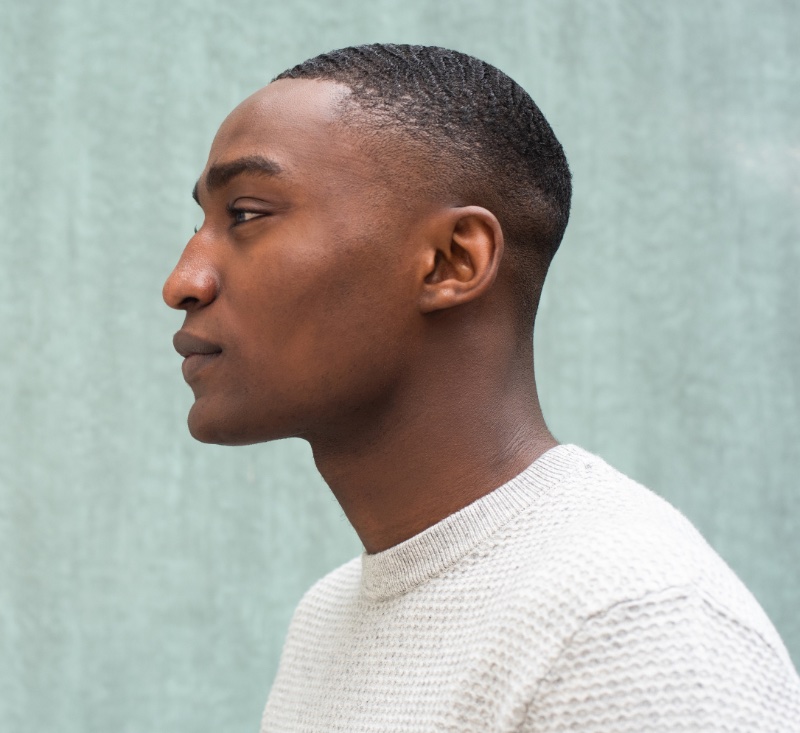
Brushing the hair in a circular pattern creates a ripple effect, resulting in 360 waves. This look takes advantage of the natural curl pattern, forming defined waves that encircle the head.
A key tip for maintaining 360 waves is to keep the hair moisturized and use a durag overnight to hold the pattern and prevent frizz.
Side Part

The wavy side part involves parting the hair to one side, allowing the waves to fall naturally while giving the hair shape and direction. The side part enhances the waves’ texture, creating a sophisticated look.
For added definition, using a lightweight pomade can help keep the part in place without weighing down the waves.
Slick Back
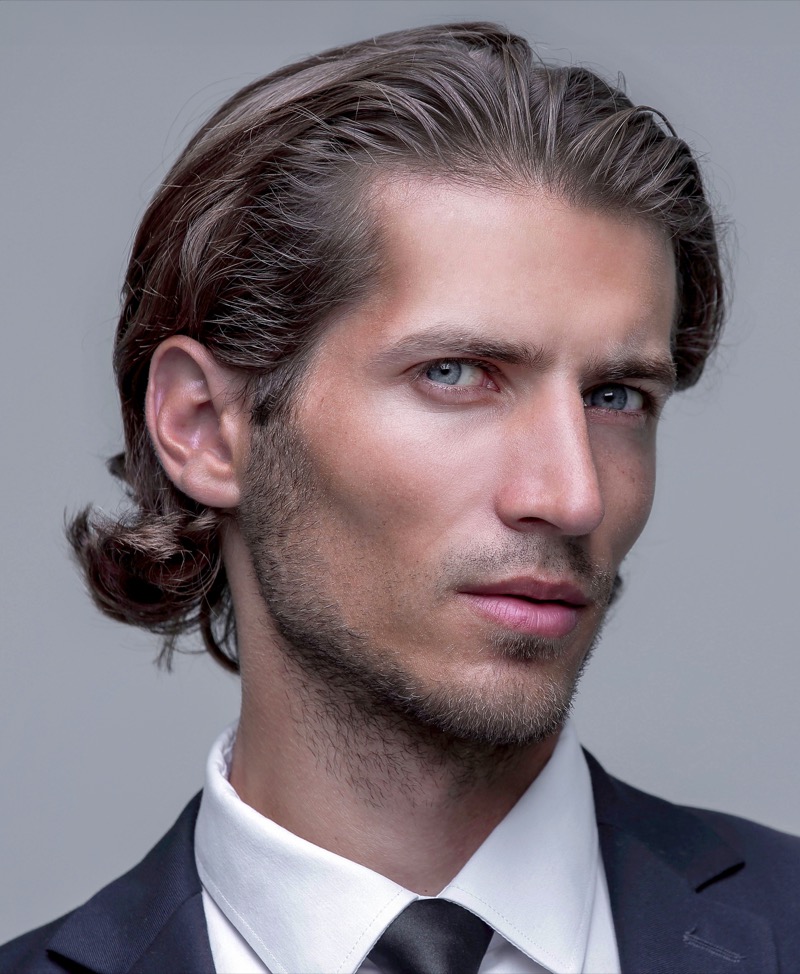
By brushing waves backward, the slick back smooths the hair while retaining the texture and volume inherent in wavy hair. The slick back waves provide a softer, organic look, making it less rigid than a traditional slick back.
A gel or pomade with a medium hold is ideal for keeping the waves in place without making them look too stiff.
Undercut
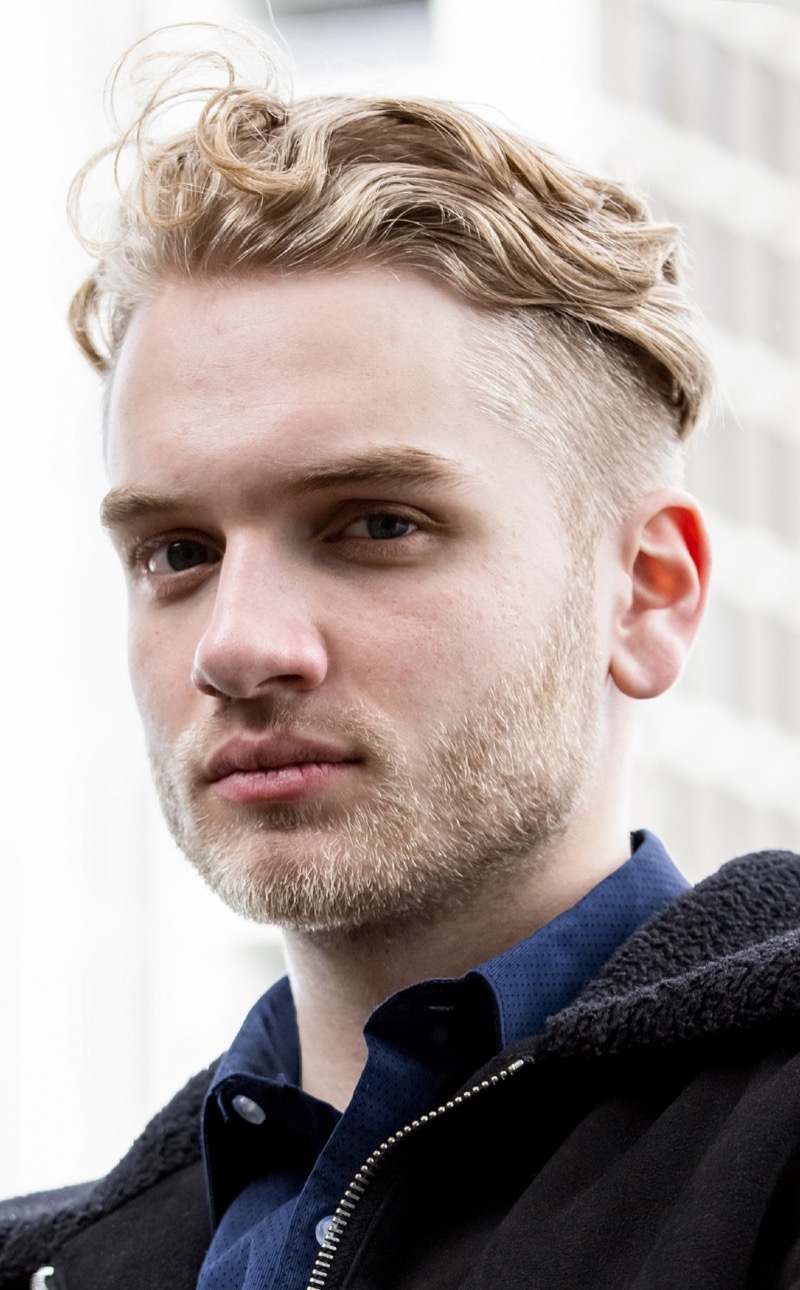
Featuring shorter sides and longer, wavy hair on top, the wavy undercut showcases contrast and texture simultaneously. The waves soften the transition between lengths, adding a laid-back vibe to the bold, undercut silhouette.
A styling tip is to use matte clay to enhance texture while keeping the top waves in control.
Wavy Flow
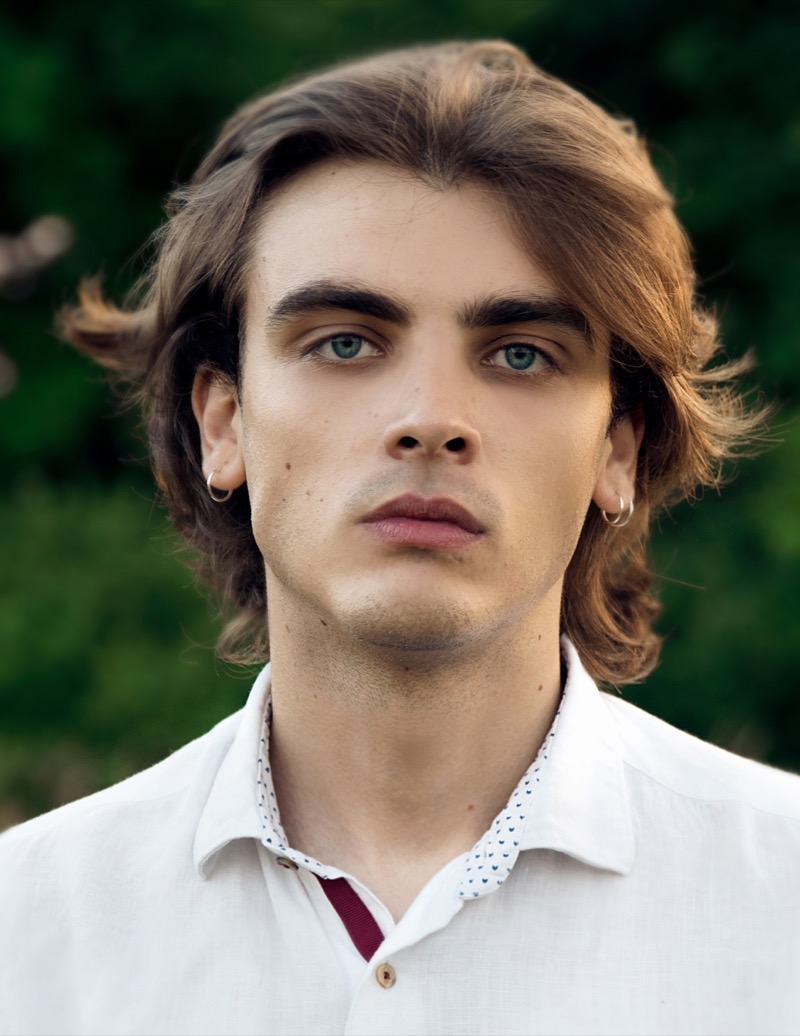
The wavy flow lets waves fall naturally, creating a voluminous, free-flowing shape that feels athletic and refined. This take on the flow haircut for men uses texture to enhance movement, giving it an easy, breezy appeal suited for active lifestyles. A light styling cream or mousse can help maintain volume while allowing the waves to remain touchable.
Messy Fringe

With a messy, wavy fringe, the fringe falls over the forehead, blending with the natural wave texture to create a soft, face-framing look. The waves enhance the fringe’s depth, giving it a playful, tousled finish.
For extra definition, apply a texturizing spray, lifting and separating the waves.
Quiff
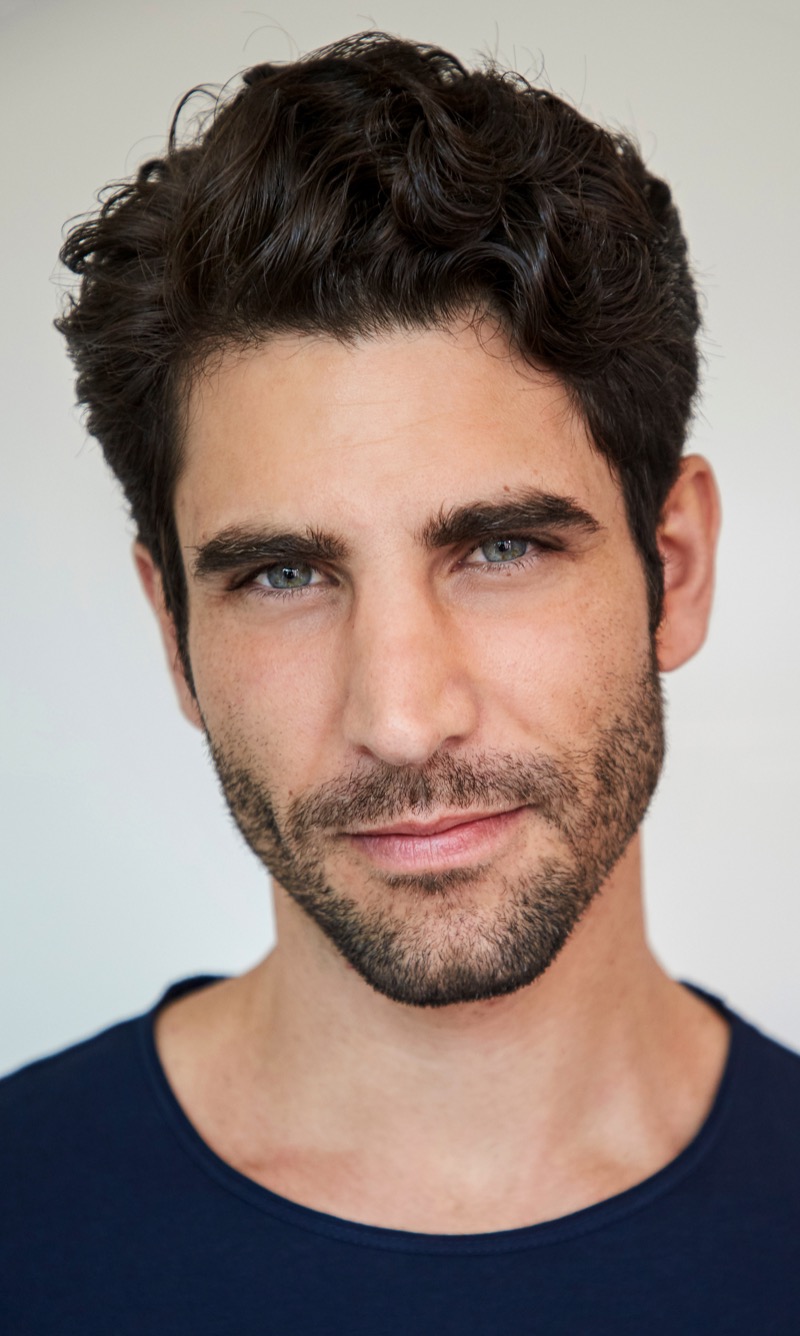
The wavy quiff lifts the front section upward, using the wave pattern to create volume, and a textured silhouette. The waves add a touch of softness, making the quiff appear less rigid and more natural.
Apply a volumizing mousse to boost lift and keep the quiff intact.
Short Tousled Haircut

The short, tousled haircut keeps the length manageable while letting the natural waves add an effortless, unpolished touch. The waves give the look depth and movement, making it feel spontaneous and fresh.
Applying a small amount of styling wax helps define the waves without weighing them down.
Long Wavy Hair

Long wavy hair falls naturally, creating a cascading effect that feels unrestrained and full of character. This style’s texture provides volume and flow, perfect for those wanting a laid-back yet impactful look.
A leave-in conditioner or curl cream can help control frizz and keep waves looking soft.
Man Bun
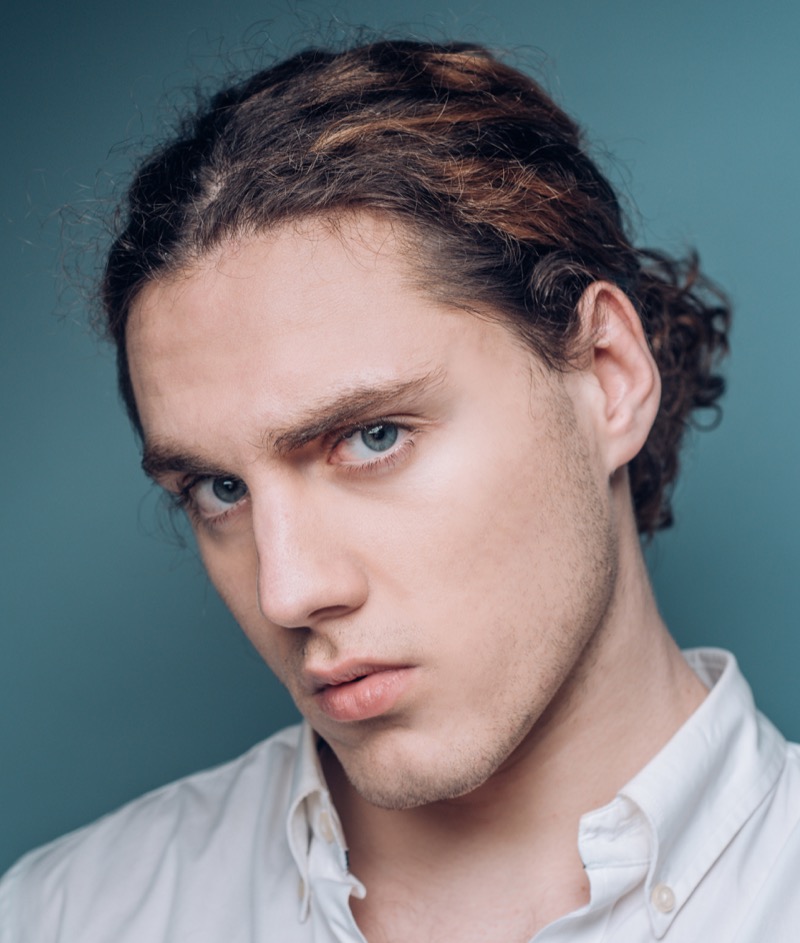
Pulling the waves back into a bun creates a look that’s relaxed and put-together, with loose waves adding volume and softness. The waves give the man bun a less structured, more natural feel.
To maintain the texture of the wavy man bun, using a curl-defining cream before tying up the hair can keep the waves looking defined even when pulled back.
Beach Waves
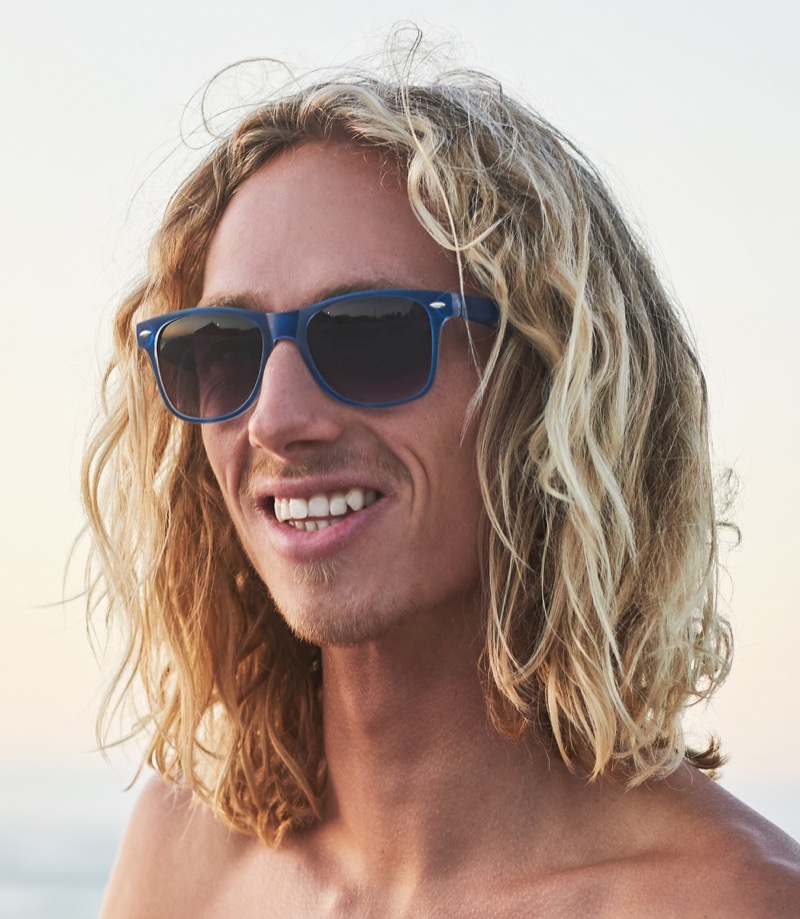
Beach waves mimic the tousled effect of salty, ocean-sprayed hair, using the natural wave pattern to create soft, loose curls. The waves maintain an airy and carefree vibe.
A sea salt spray can enhance this effect, giving the surf-inspired hair that windswept, beachy texture.
The Science Behind Wavy Hair

Wavy hair is primarily determined by the shape of your hair follicles. Oval or asymmetrical follicles typically create the waves we see. This hair type typically balances volume and definition, which makes it versatile for various hairstyles.
The natural oils produced by the scalp can affect the texture and appearance of wavy hair, providing a unique shine and softness. The way these oils distribute along the hair shaft can also influence how well your waves hold throughout the day, making it essential to maintain a healthy scalp for optimal hair health.
Wavy Hair Type

To make the most of wavy hair, it’s crucial to understand its characteristics. Wavy hair can range from loose, airy waves to tight, bouncy curls.
Recognizing the specific type of wavy hair you have can help in choosing appropriate hairstyles and products that will enhance your natural texture.
To identify your specific wavy hair type, consider the following factors:
- Wave Pattern: Observe whether your waves are loose, medium, or tight. Each pattern lends itself to different styling options.
- Thickness: Determine if your hair is fine, medium, or thick, as this will influence how certain products and styles work with your waves.
- Frizz Factor: Assess the level of frizz you experience; this can help in selecting the right styling products that tame or enhance your waves.
Mastering the Art of Wavy Hair
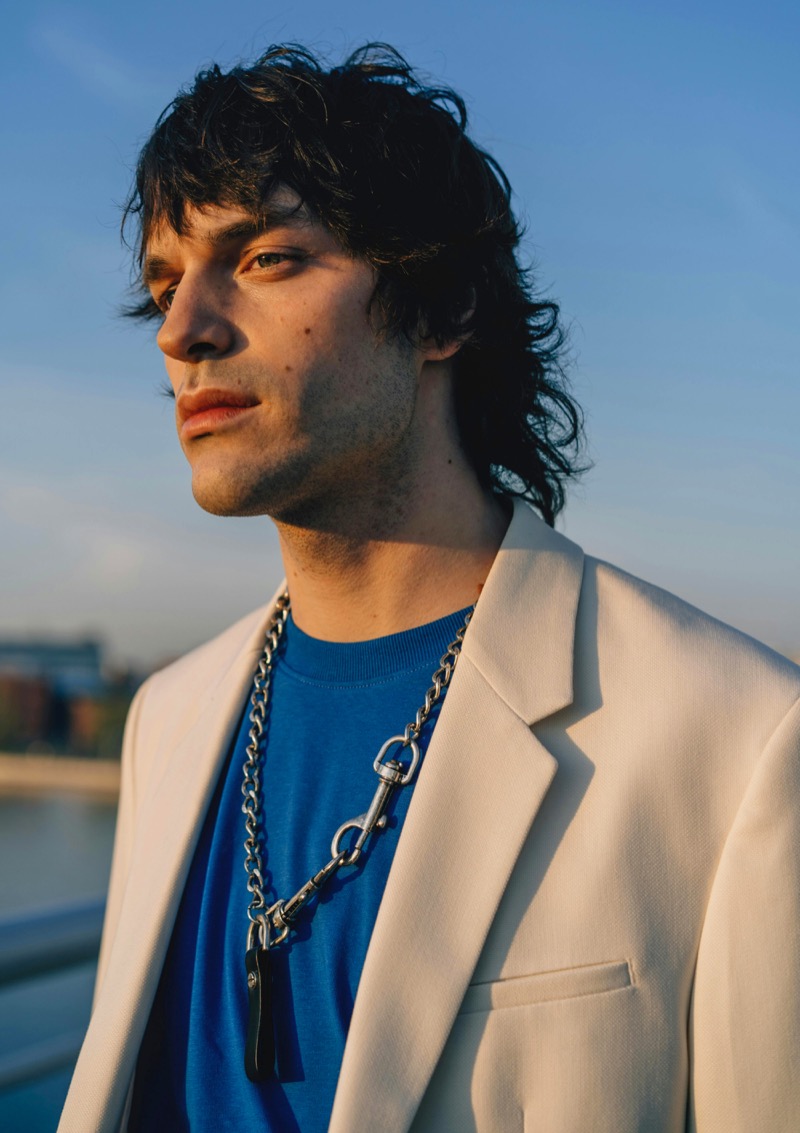
Wavy hair offers men the freedom to experiment with a wide spectrum of styles that showcase its natural movement and texture. Whether opting for laid-back beach waves or the classic appeal of a brushed-back look, the versatility of wavy hair ensures endless possibilities with no need for heavy styling.
